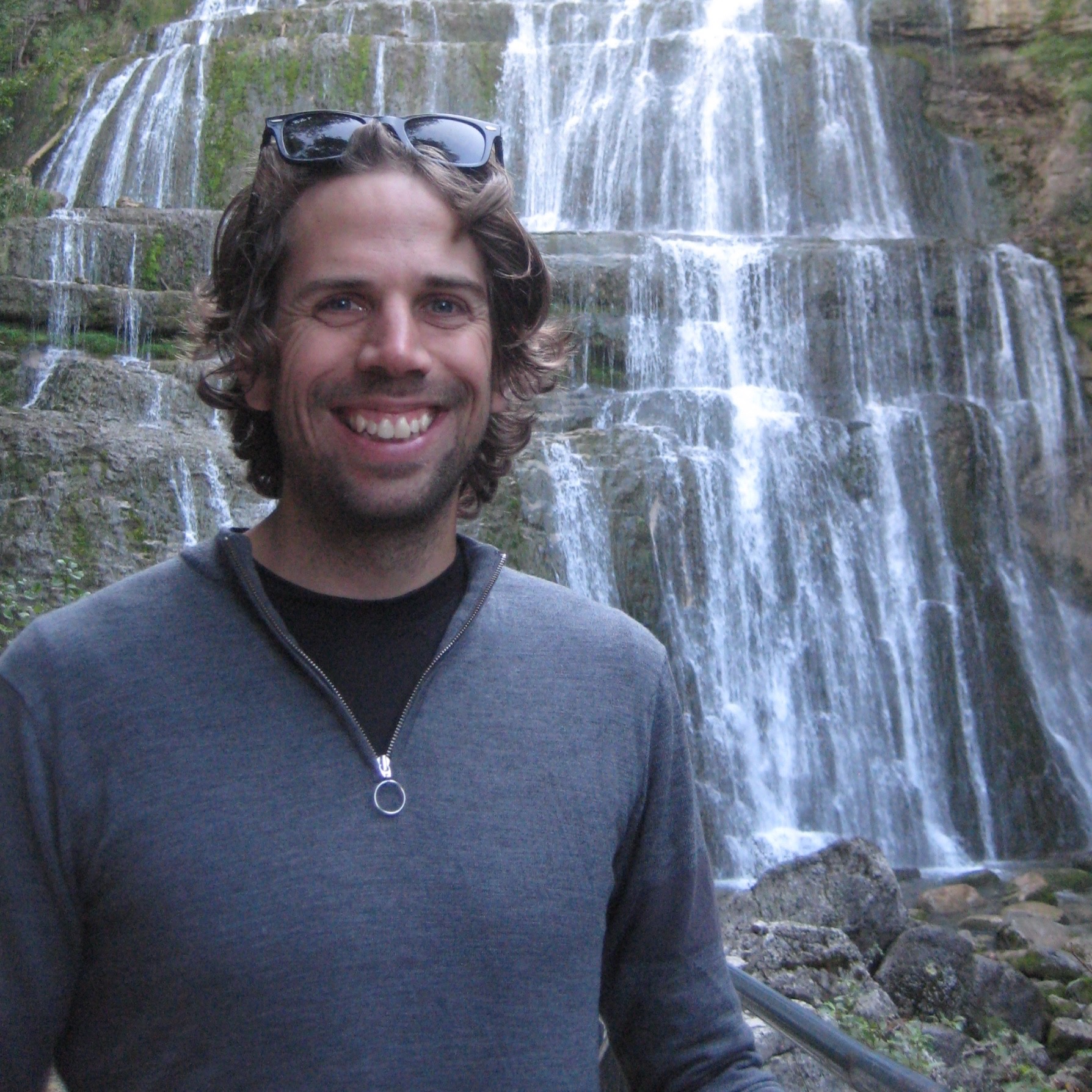
My editors at Nature must have thought I was crazy when I pitched a 4,000-word feature to be “written” almost entirely in direct quotes from sources. I probably was. But my oral history of the discovery of Homo floresiensis (a.k.a. the Hobbit fossil) has been the most challenging, fun, and well-received story I’ve ever written.
If you are like me—obsessed with narrative, characters, and the past—there are few better ways to tell a big, but well-trodden story. Oral histories are ideal for some science stories, especially where major discoveries or events involve loads of people, many of whose perspectives rarely make it into print.
But when I looked for examples of science oral histories before tackling my own, all I could find were collections of archived interviews from institutions such as Cold Spring Harbor Laboratory or the British Library. These were oral histories in the academic sense—and great resources for journalists—but not the narrative, magazine-style pieces I had in mind.
On the opposite end of the spectrum, most magazine oral histories involve popular culture, possibly because these stories tend to include well-known sources that draw readers. I’ve read oral histories of TV shows like “Cheers,” and of NFL teams, and a standout piece by Brad Wieners on the Burning Man Festival, “Hot Mess.” Wieners’ deeply sourced piece brims with so much color and energy that readers don’t need to know a thing about the hedonistic annual festival to enjoy it. Tragic events also suit the format because they show prominent, heavily covered stories in a fresh light. Pamela Colloff’s oral history in Texas Monthly of a 1966 mass shooting, “96 Minutes,” is a masterpiece of narrative nonfiction—the easiest 10,000-word article I have ever read.
A Very Short History
My Hobbit oral history came about when an editor asked if I had any ideas for a feature pegged to the 10th anniversary of the two papers that reported the fossil’s discovery. I wasn’t yet a journalist when the discovery of Homo floresiensis was announced in October 2004. But I had covered subsequent debates about whether the diminutive fossil represented a new human species that lived more than 10,000 years ago on the Indonesian island Flores, as its discoverers claimed, or a diseased Homo sapiens, as some other scientists contended. Perfect material for an oral history, I thought.
Reporting an oral history is like reporting any other big feature—you read as much background material as you can bear, interview as many people as possible, and then repeat until you have the story down. But when your story stands or falls on direct quotes, you need to think even harder about whom to interview and how to interview them.
The Hobbit oral history proved even more challenging because the scientist who led the effort, archaeologist Mike Morwood, had died in 2013. But a scientist who worked closely with Morwood from the start of the project, Bert Roberts, turned out to be a gold mine, full of colorful stories and wonderful turns of phrase. Before talking to anyone else, I recorded two 90-minute interviews with Roberts, as much to gather quotes for the piece as to get my head around the story and find out who else I should interview. He provided a broad overview of the story (from his perspective, at least) and helped me identify other sources I wouldn’t have known about, such as Indonesian field archaeologists who actually dug up the fossil.
Weaving Many Stories into One
I spoke to about a dozen people in total, and I wish I had talked to more. In an email, Colloff said oral histories should draw on as many voices as possible. She quotes more than three-dozen in “96 Minutes,” which chronicles the unfolding chaos of an August day in 1966, when a military-trained sniper started picking people off from a tower on the campus of the University of Texas at Austin. Wieners spent three whirlwind days interviewing his sources for the Burning Man piece. Face to face meetings, he told me via email, were critical to getting standout quotes and winning the confidence of some sources.
But good oral histories are much more than a series of quotes. My goal was to tell a story that unfolded in scenes, rich in detail and color. To gather these elements, I asked sources like Roberts to re-tell events as an unfolding story, focusing on minute details such as the bumpy ride to the dig site or the texture of the fossil.
I also wanted my characters to interact as scenes unfolded, so I asked them to recall conversations and to explain how others reacted to events. Wieners took a similar approach. “In a very few cases I went back to someone to get their response to something specific—as if they’d been in the room and had a chance to react, so it felt more like a conversation,” he said.
The biggest pain was transcribing all my recorded interviews. I rarely transcribe entire interviews for a feature. But re-listening to interviews was helpful for getting my head around the material. And, sometimes, seemingly throwaway quotes filled an important gap in the narrative. I think I ended up with about 60,000 words’ worth of transcripts!
Turns out I wasn’t alone. Wieners said his Burning Man piece was the only time he’s ever come close to missing a deadline.
Some Assembly Required
I started assembling the Hobbit piece months before I finished reporting it. I decided on the major scenes, which would be broken up with short narration to add context and time stamps. And then I started arranging long, color-coded quotes from my different sources to fit into these scenes. I think the first draft (if you could call it that) was around 10,000 words. I searched the Internet for advice on how to assemble an oral history, but I couldn’t find any. Fortunately, my haphazard approach jibed with what Colloff later told me: “They should also follow the same narrative formula that an article follows … there should be three acts with a very distinct beginning, middle, and end. There should be a story arc.”
With the structure more or less established, I started filling in holes with additional reporting—both to include additional sources in the story and to get sources I had already interviewed to say things more clearly or add detail. I interviewed Dean Falk, an anthropologist at Florida State University who studied the H. floresiensis skull, several times to get the right quotes.
The first draft needed considerable trimming, so I condensed and, in some cases, clarified quotes—for instance, by adding pronouns and cleaning up grammar. Colloff recommends going even further in the service of brevity: “Don’t be afraid to paraphrase things here and there and read them back to sources to see if they are comfortable with your simplification of things. Otherwise your oral history will clock in at 20,000 words. Don’t waste your readers’ time.”
Forgotten Chapters
What kinds of stories make good oral histories? The Hobbit worked because it was a discovery that most of my readers are probably familiar with, and it was full of colorful characters and controversy. I can think of dozens of topics that fit that bill—from the Neanderthal genome to the discovery of graphene. Science journalist David Dobbs, who is a fan of oral histories but has never written one, thinks the format would work well for stories that involve big collaborations or major upheavals, such as the Human Genome Project or the discovery of DNA’s structure.
Colloff recommends a narrow focus. Most of her Texas Monthly story revolves around the 96 minutes between when the shooter opened fire and an Austin police officer, who is among story’s most compelling sources, guns him down. “Those types of oral histories work better than ones that try to tackle too much, like ‘The History of TK,’” Colloff says. Based on this advice, I would love to read an oral history about a key moment in a space mission, such as the 2012 Mars Curiosity Rover landing and its “7 minutes of terror,” or the recent touchdown of the Philae Lander on a comet (let the reporter decide whether to include shirt-gate or not).
The challenge for a science journalist writing an oral history is to never, ever make the form feel like they’re showing off an ability to weave a great story using only quotes—the journalistic equivalent of juggling with one hand. The piece should instead reward readers with a glimpse at a forgotten chapter of science history or a fresh look at a discovery that’s been relegated to a sentence in textbooks. Or as Dobbs puts it: Great oral histories show us “that events or facts or discoveries that later seem clear were once utterly vague, or seemed impossible, or seemed like something else altogether. An oral history can remind us how utterly baffling life really is, as we actually live it.”

Ewen Callaway is a London-based reporter at Nature, where he covers the life sciences. Follow him on Twitter @ewencallaway.


